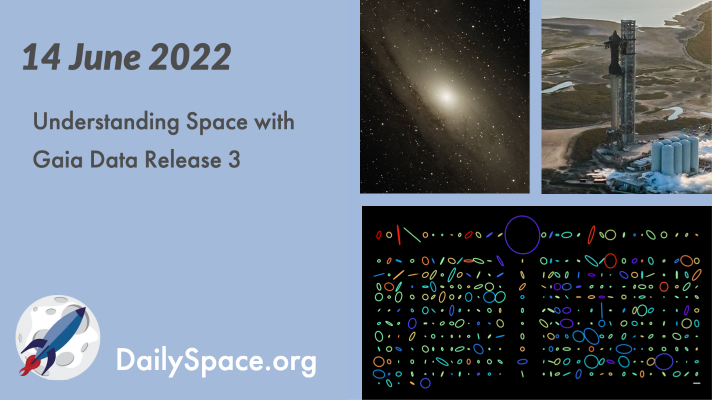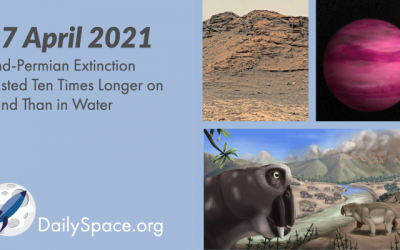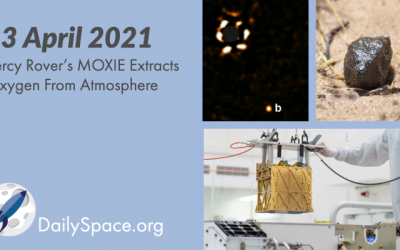
Understanding Space with Gaia Data Release 3
The Gaia mission released its third ‘treasure trove’ of observations and calculations of more than two billion stars in the Milky Way, including ‘starquakes’, stellar DNA, binary star systems, and more. Plus, day one of the American Astronomical Society press conferences and updates on Starship and NASA’s TROPICS-1 mission.
Catch us on NowMedia TV
Saturday 11pm Central / midnight Eastern
Sunday 10pm Central / 11pm Eastern
Watch live on these stations: Houston 21.10, Atlanta 22.10
or tune-in on Apple TV, Roku, YouTube Live, or Amazon Prime
Rocket Roundup for May 5, 2021
This week’s Rocket Roundup episode features a remarkable triple header of launches in just over 100 minutes, plus one other launch and the conclusion of the first operational Commercial Crew mission including the first night splashdown of a crewed spacecraft in 53 years.
Rare Triple Tsunami Recorded Near New Zealand
On March 5, 2021, three separate, large earthquakes occurred within hours of each other near New Zealand, and all three produced a tsunami. The resulting changes in wave height were recorded with special buoys. Plus, a radar blackout at Mars, a giant planet growing, small galaxies in the early Universe, and what even is a day?
Fourteen Gamma Ray Sources Are Possibly Stars Made of Antimatter
Gamma rays given off by fourteen different sources in our sky could be a sign of the existence of antistars, leading to the potential for breaking the standard cosmological model. Plus, nano dust, the HI-SEAS experiment, hydroxyl at an exoplanet, and this week’s What’s Up.
Rocket Roundup for April 28, 2021
This week, the entire team gathers to share stories on Crew-2, another OneWeb launch, NROL-82, and a Chinese launch. Plus, this week in rocket history, we look back at the launch of NASA’s TESS on April 18th, 2018.
End-Permian Extinction Lasted Ten Times Longer on Land Than Water
The biggest mass extinction event on Earth occurred at the end of the Permian period, resulting in the extinction of 95% of marine life and 80% of terrestrial life. Now, scientists have found that the terrestrial portion of the event lasted nearly ten times as long as the ocean version. Plus, a spaghettified star, the search for Moon Trees, all about Mars, and new works on dark matter and dark energy.
Percy Rover’s MOXIE Extracts Oxygen From Atmosphere
In another first for NASA’s Perseverance rover, a cube-shaped instrument called MOXIE, or Mars Oxygen In-Situ Resource Utilization Experiment, has successfully converted some of Mars’ atmospheric carbon dioxide into oxygen. Plus, a wild roundup of stories including exoplanets, sky maps, fast radio bursts, meteorites, and the problem with symmetry.


 We record most shows live, on Twitch. Follow us today to get alerts when we go live.
We record most shows live, on Twitch. Follow us today to get alerts when we go live.






